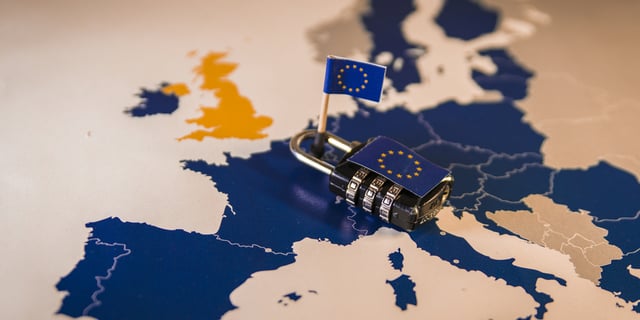
This week's review of ad fraud and quality in the digital advertising space.

"Malvertising has been a problem for years, but lately has become more pervasive on mobile devices," wrote the New York Times. The article warns of a fake "Congratulations!" message appearing to come from Amazon about winning prizes. "Those persistent pop-up messages are not from Amazon, but are part of a wave of malicious display advertisements — also known as 'malvertising' — invading desktop, Android and iPhone browsers," wrote the New York Times. "The intrusive ads can also appear when browsing links that are posted on Facebook."

The pending GDPR regulation is already having an impact for programmatic advertisers. "Google is making it more difficult for advertisers to have an independent view of the data generated from ad buys in its ecosystem," reported AdExchanger, noting that Google "will no longer let buyers use the DoubleClick ID when leveraging its data transfer service."

Digiday this week noted that while advertisers and agencies agree that transparency remains a problem in the digital ad ecosystem, they can't agree on where the blame belongs. "Transparency was unsurprisingly the recurring theme at the Digiday Programmatic Marketing Summit Europe in Estoril, Portugal, where it was clear the issue is far from solved," the article read. "Advertisers blamed poor guidance from agencies more concerned with protecting margins on programmatic buys, while agencies challenged advertisers to pay more to understand how those investments work."

"With the General Data Protection Regulation (GDPR) approaching, several marketing tech firms are pivoting their business models to avoid the risk of getting their hands slapped," wrote eMarketer. The article notes: "Rather than risking fines, some vendors are pulling out of Europe."

According to Advertising Age, Points North Group examined the paid influencers of some of the world's leading brands and calculated the percentage of those influencers' social media followers that were actually fake. The study found that up to 78% of the followers of one brands' social influencers were fake. That number was notably higher than some of the other brands studied (other numbers cited, for different brands, were 19% and 32%).
Sign up for our blog to stay updated with new stats, trends, and analysis on digital ad fraud.
*By entering your email address and clicking Subscribe, you are agreeing to our Terms of Use and Privacy Policy.
These Stories on Weekly Recaps
*By entering your email address and clicking Subscribe, you are agreeing to our Terms of Use and Privacy Policy.

Disclaimer: The content of this page reflects Pixalate’s opinions with respect to the factors that Pixalate believes can be useful to the digital media industry. Any proprietary data shared is grounded in Pixalate’s proprietary technology and analytics, which Pixalate is continuously evaluating and updating. Any references to outside sources should not be construed as endorsements. Pixalate’s opinions are just that - opinion, not facts or guarantees.
Per the MRC, “'Fraud' is not intended to represent fraud as defined in various laws, statutes and ordinances or as conventionally used in U.S. Court or other legal proceedings, but rather a custom definition strictly for advertising measurement purposes. Also per the MRC, “‘Invalid Traffic’ is defined generally as traffic that does not meet certain ad serving quality or completeness criteria, or otherwise does not represent legitimate ad traffic that should be included in measurement counts. Among the reasons why ad traffic may be deemed invalid is it is a result of non-human traffic (spiders, bots, etc.), or activity designed to produce fraudulent traffic.”

